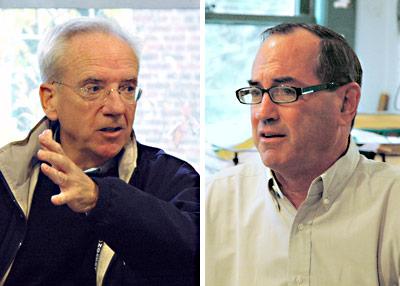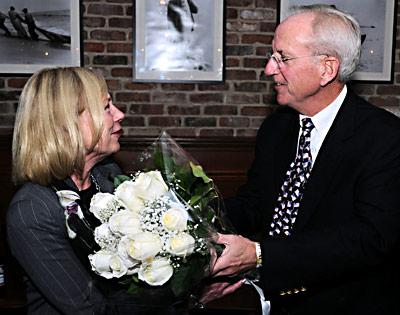Amagansett House Fire Reported
Amagansett House Fire Reported
Amagansett firefighters were called to a house fire on Fresh Pond Road in that hamlet at about 3:30 p.m. Friday and were fighting the flames as the sun began to set.
Additional help was called from the East Hampton and Springs departments. East Hampton sent an engine and an ambulance, and water tanker trucks were requested from Springs, East Hampton, and Montauk.
Radio transmissions from firefighters battling the blaze indicated apparent difficulty getting enough water to the scene.
The Sag Harbor Fire Department’s rapid intervention team was also called in.
The initial call was for a house at 68 Fresh Pond Road. While this could not be immediately confirmed, a house at that address was listed as recently sold on a Corcoran real estate Web site. It was described as a four-bedroom post-modern on 2.4 acres. It is in a wooded area near the South Fork Country Club golf course.






